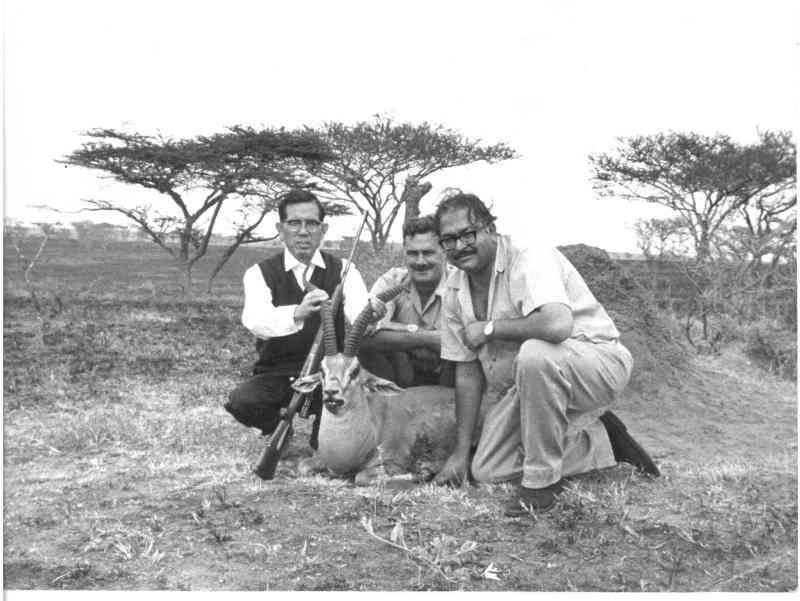×
The Standard e-Paper
Join Thousands Daily

During his presidential bid manifesto launch, Roots Party leader George Wajackoya suggested that Kenya should harvest and export wildlife products including hyena testicles and snake venom to pay off foreign debts.
His seemingly radical ideas have been met with skepticism and outright derision in some quarters.